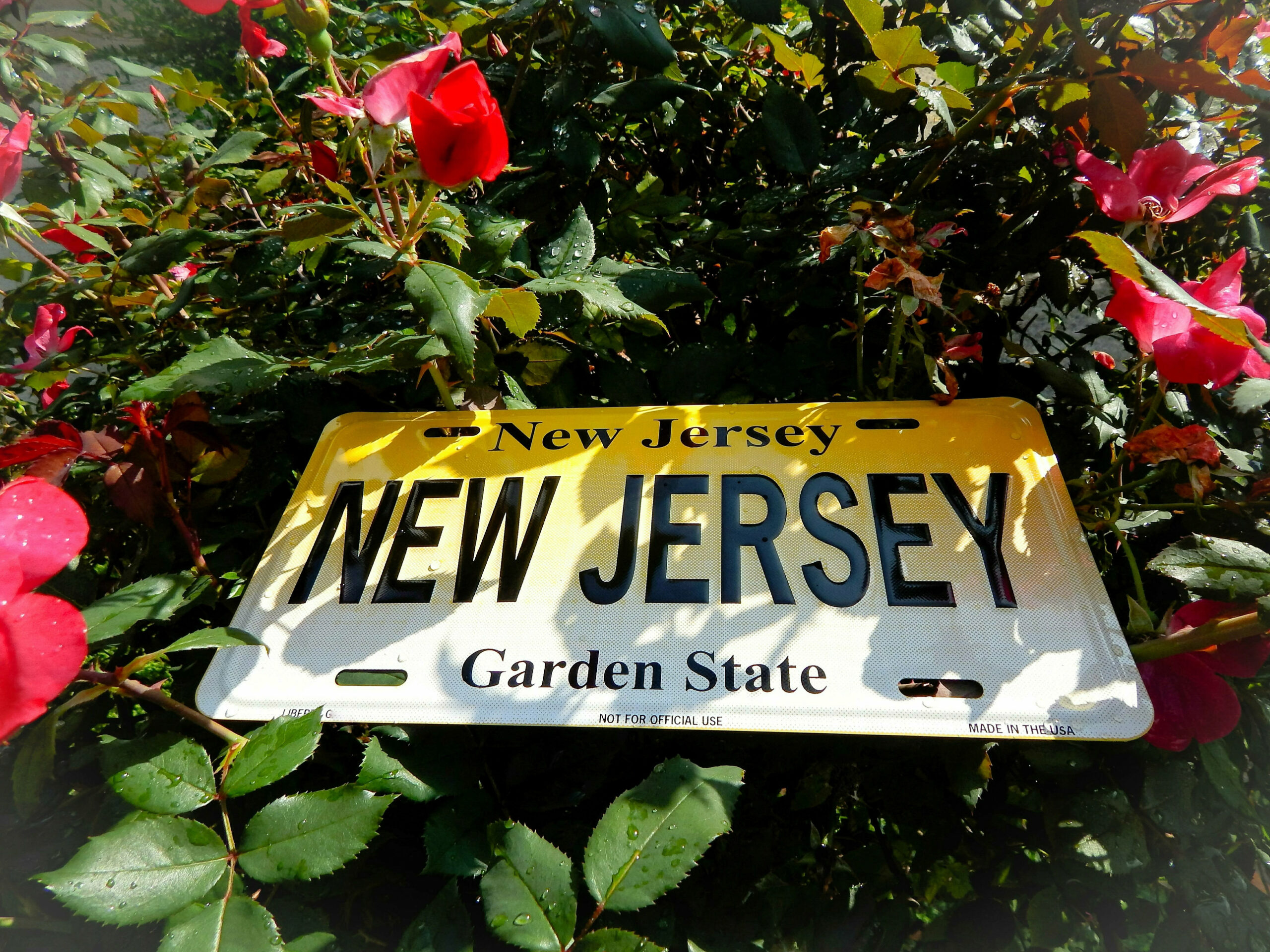TRENTON, N.J. — All vehicles in New Jersey must display both front and rear license plates at all times under a state law that authorities say is being strictly enforced without exception.
According to the law, failing to properly display both plates is a violation subject to summonses. This includes driving or parking a vehicle without a front plate, having obscured or covered plates, or operating a vehicle with improperly displayed tags.

The New Jersey Motor Vehicle Commission and local law enforcement agencies have reiterated that the rule applies to every vehicle on the road, regardless of model or type. “No front plate,” “covered or obscured plates,” and “parked or moving vehicles without proper display” are explicitly listed as violations.
Officials said compliance supports safety and accountability on roadways by allowing law enforcement and surveillance systems to accurately identify vehicles. Vehicles found in violation may receive citations on sight.
The state has warned that summonses will be issued without exception, emphasizing that the rule is in full effect and consistently applied.
Ongoing enforcement across all municipalities
Municipal police departments across New Jersey have been instructed to prioritize plate compliance during traffic patrols and parking enforcement. Cameras used in automated enforcement systems also require clear visibility of plates from both the front and rear to function effectively.
While some states only mandate rear license plates, New Jersey is among those that require front and back plates on all standard passenger vehicles, a policy that has remained unchanged in recent years.
Authorities have not announced any grace periods or changes to the regulation. The law is part of ongoing efforts to maintain order and improve roadway monitoring.
“It’s the law. No exceptions,” according to the notice shared by local agencies and public safety departments this week.
New Jersey warns drivers that failing to comply with the two-plate rule may result in immediate fines.
